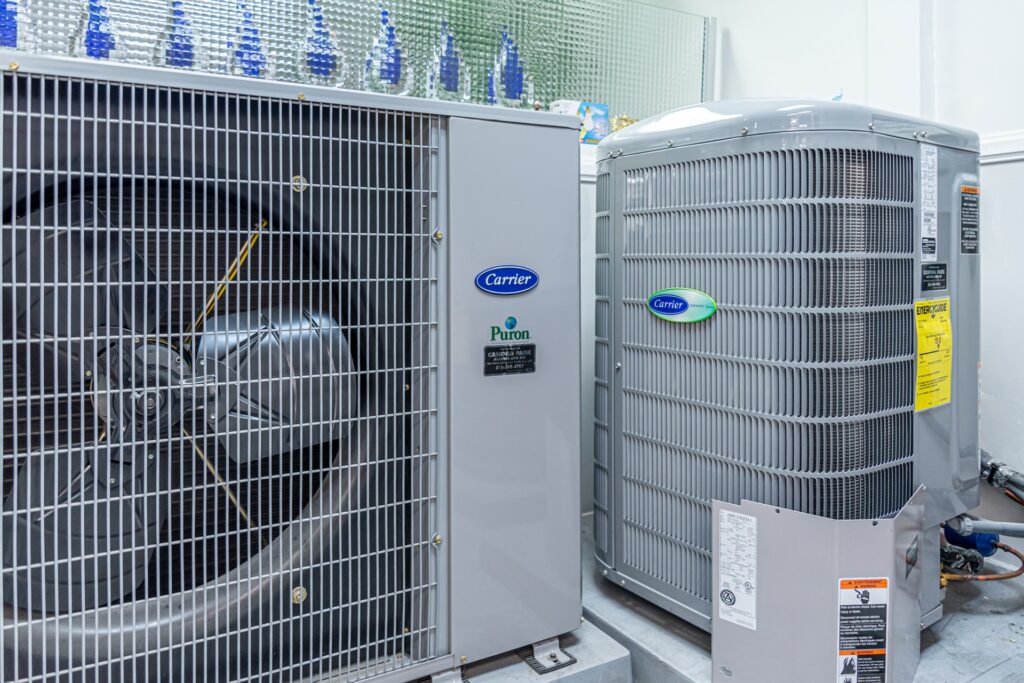One of the most common misconceptions that Los Angeles homeowners have about replacing their heating and cooling systems is a “bigger is better” mindset. It’s true that for many things in life, upgrading to a larger size can be beneficial. A bigger car means more space. A larger washing machine means fewer loads. And more storage on your smartphone means you can have more music and videos at your fingertips. Unfortunately, this rule doesn’t apply to home comfort systems. Bigger is not better for HVAC systems – it is essential to choose the size that’s just right for your home.
Why Choosing the Right Size HVAC Is So Important
A system that is too small has obvious downsides. An undersized unit might work fine during the shoulder seasons in spring and fall, but in extreme temperatures, it will not heat or cool your space to the desired temperature. That means you’ll be uncomfortable when you’re seeking relief the most! To make matters worse, an undersized unit will run continuously as it attempts to bring your home to the setpoint temperature. With higher runtimes, the unit will have more wear and tear than it should. When a system is undersized, it will have a much shorter lifespan – meaning you’ll need to replace your AC or heater sooner than you would if the system had been the right size.
An oversized system has different problems. A larger system will cool or heat your house quicker, but it will use more energy and will not remove humidity adequately. And because an oversized system can alter the temperature to the thermostat setting in just a few minutes, the unit will never get to operate at peak performance and will end up short-cycling. Short cycling means your equipment keeps starting and stopping repeatedly. The greatest amount of energy usage and wear and tear occurs right at system startup, so short cycling will cost you in terms of added repairs, shorter life span, utility bills, and comfort. Not to mention – larger systems are more expensive on the front end!
The Right Way to Size a Home HVAC System
When it comes time to get quotes for your new HVAC system, an HVAC professional should take time to calculate the size requirements for a new unit. Since most heating and cooling systems last for 10 years or more, there’s a good chance that something has changed that would alter the size required for your home comfort system. Some common home improvement changes that impact your cooling and heating needs include:
- Additional spaces like an attic finish out, in-law suite, or sunroom add-on
- Renovations with heat-producing equipment like kitchen appliances, home theaters, or heated floors
- Exterior changes such as window replacements, new exterior doors, or upgraded sealing
The gold standard for right-sizing an HVAC system is the ACCA Manual J Load Calculation. A complete calculation includes measuring the home and evaluating all factors that could impact the heating and cooling needs. If a contractor simply asks for the size of your current unit or can tell you the size you need based on your home’s square footage, proceed with extreme caution! These are shortcuts that can really impact you in the long run.
Free Estimates on HVAC Replacements
Call a team you can trust to size your new heating and cooling system right. MightyServ offers free, no-obligation estimates on HVAC replacements. Plus, we’ll tell you about qualifying rebates, which can help make your new system more affordable. We also offer financing options so you can consider a wide range of HVAC systems, no matter your budget. Get started on your heating and cooling replacement project today: 818.348.4768.








